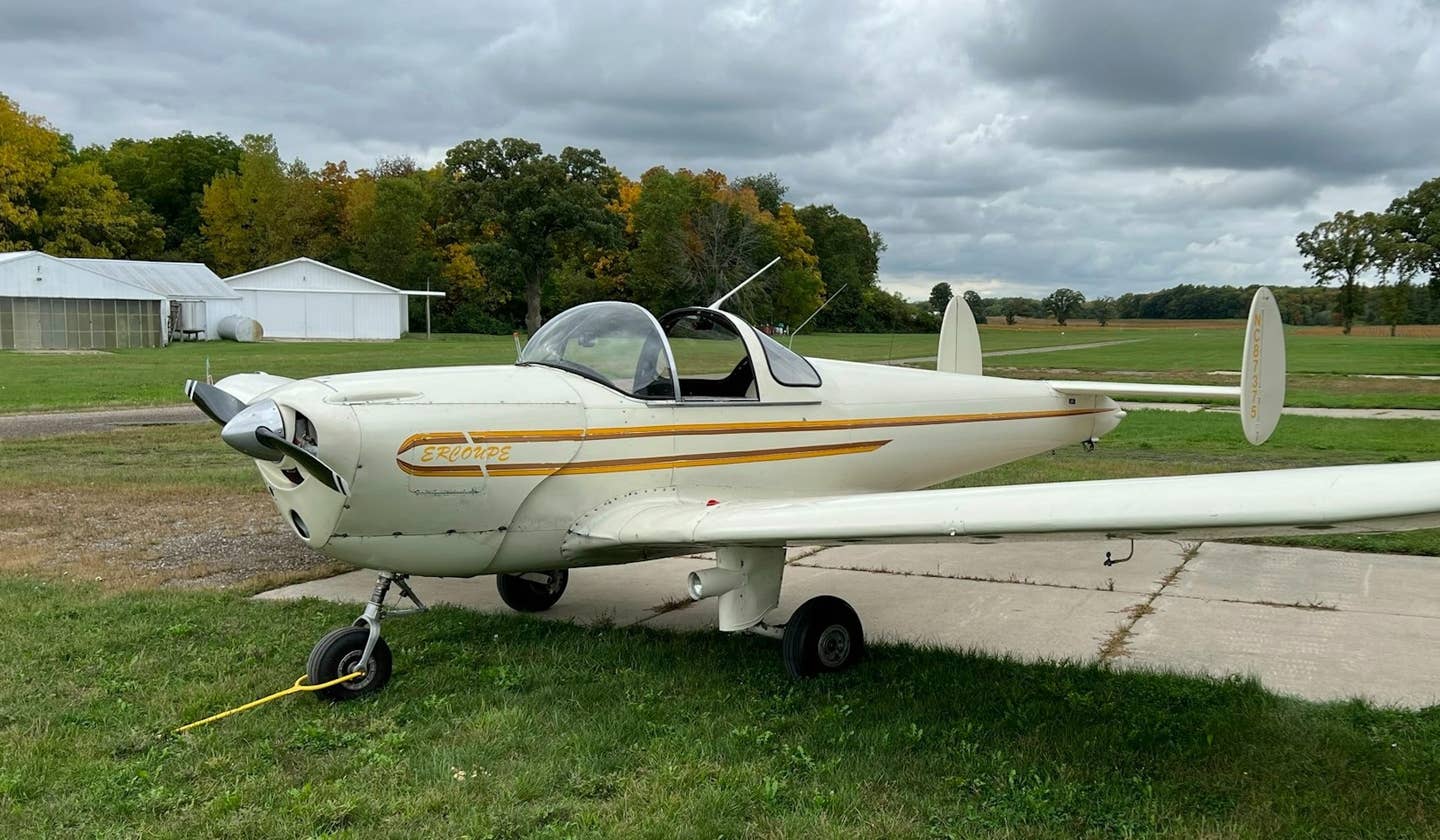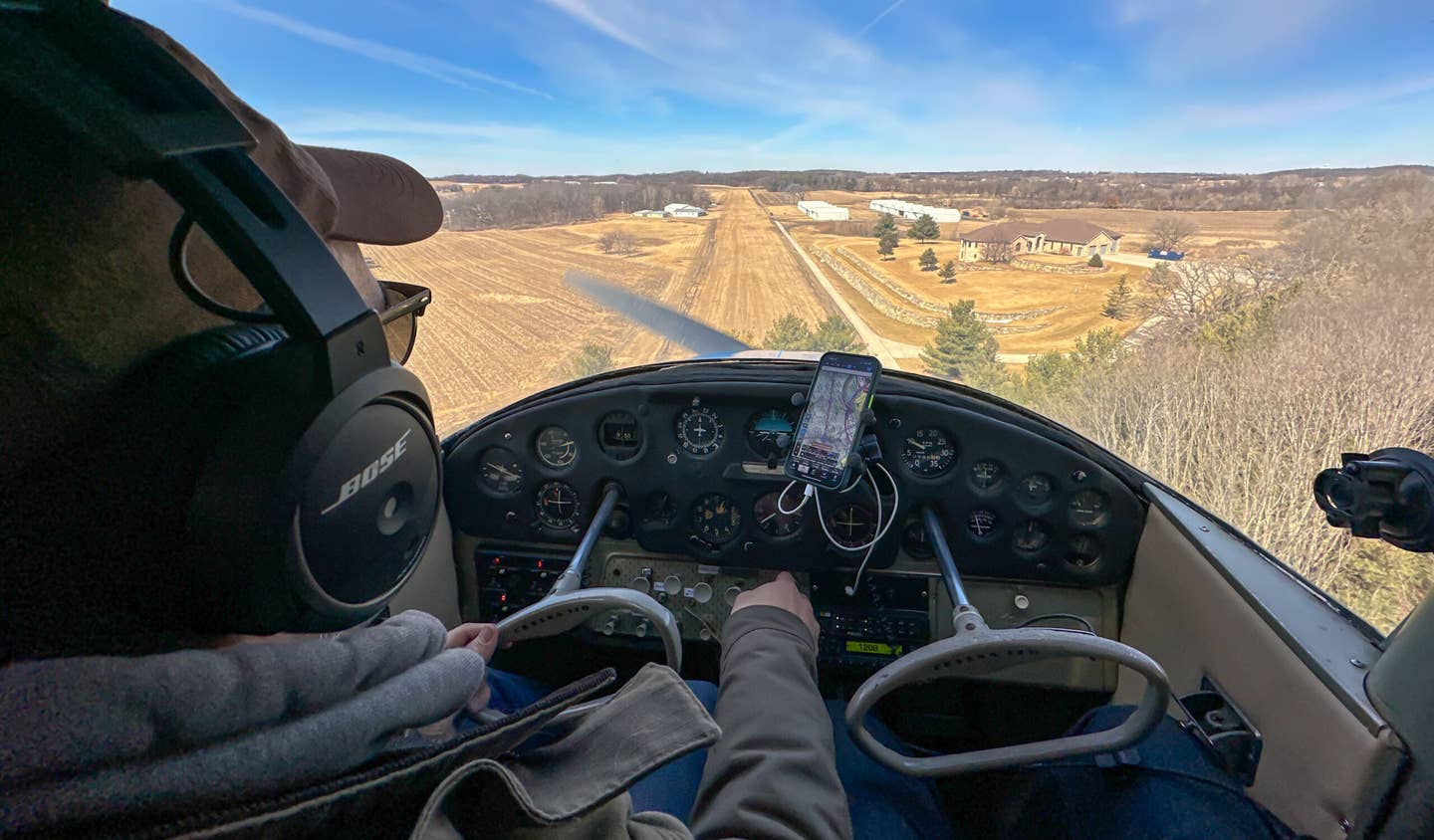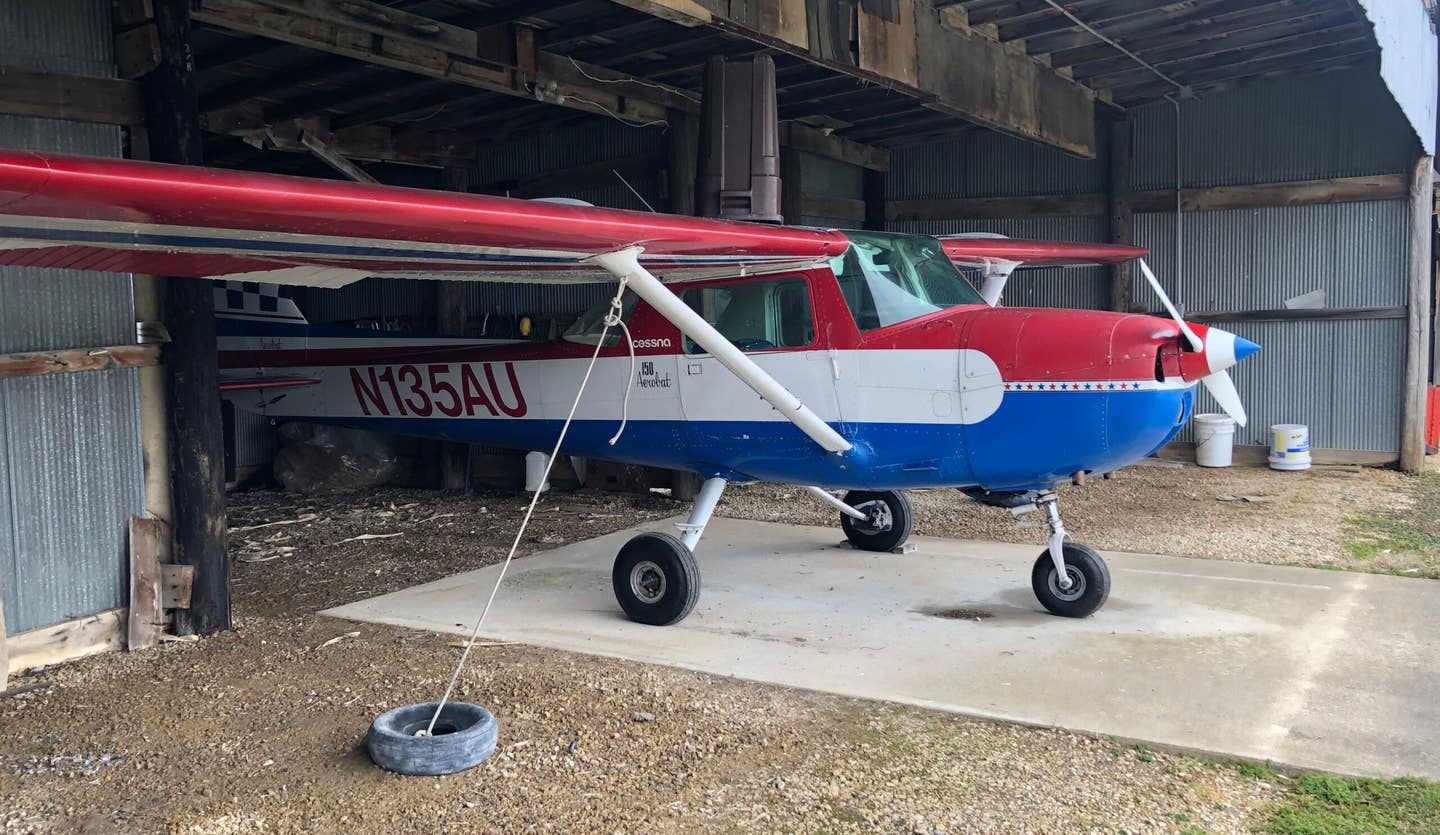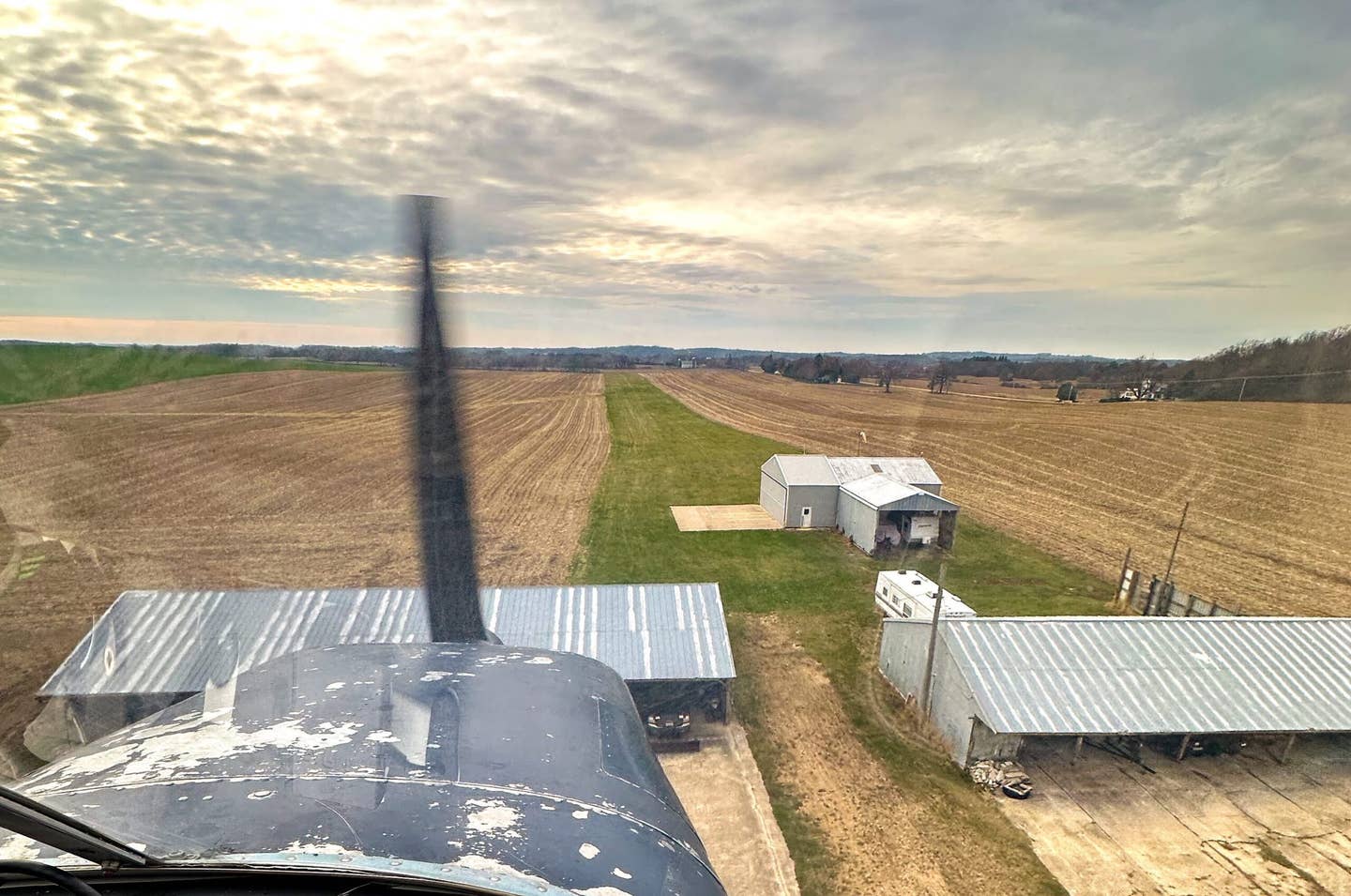This is How Good Friends Roll
An unexpected favor for a friend turns into a fun day inspecting a Cessna 170B for Jason McDowell.
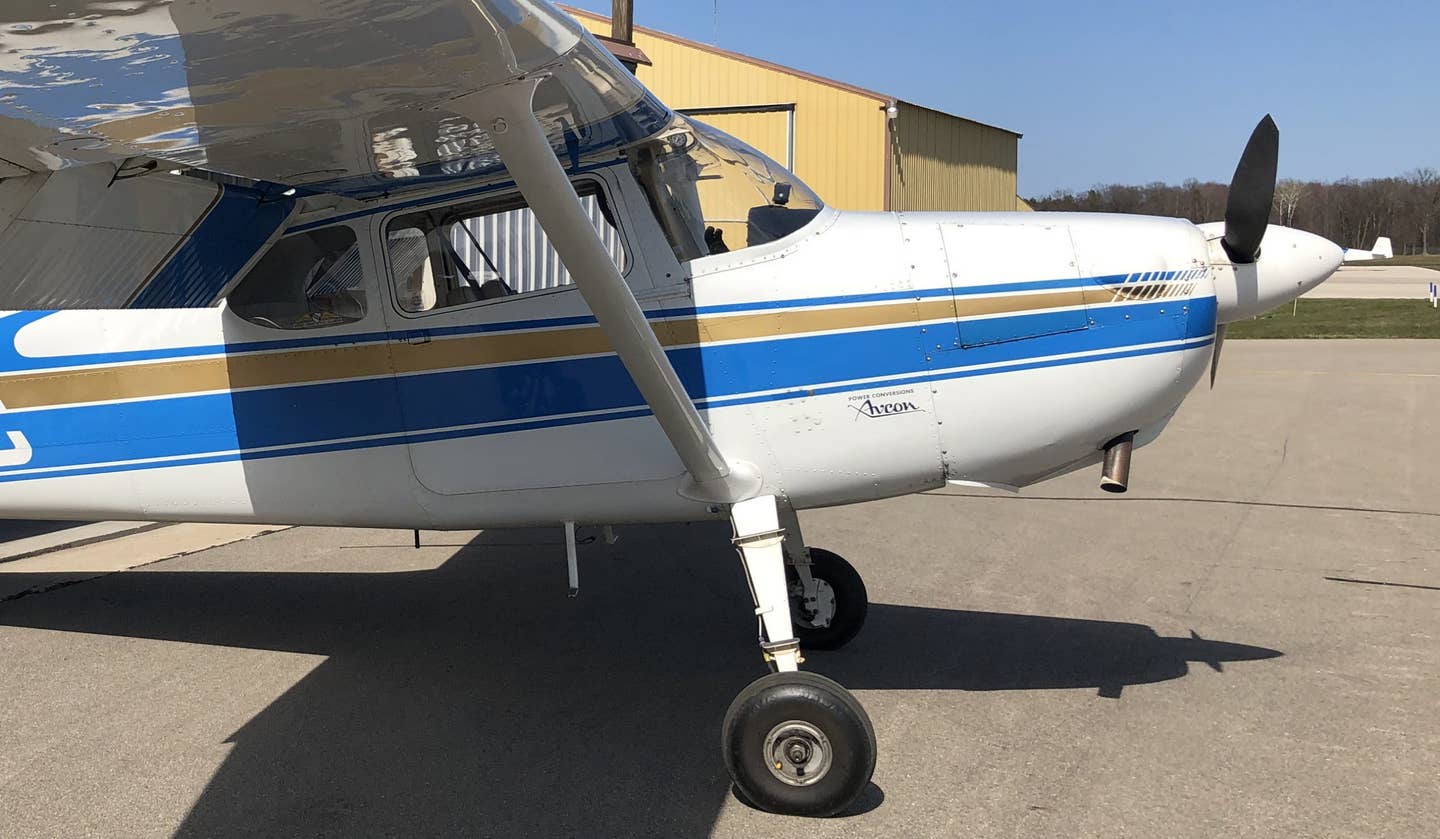
Logbooks and photos can tell you a lot about an airplane. But a flight with the seller can tell you even more. Jason McDowell
It was a beautiful spring morning in Wisconsin, and I was looking forward to a relaxed day of writing and coffee when my buddy Jared called.
“Hey man, I need a favor. I found a 170 I might buy and I need you to go check it out and fly it for me.”
“No problem,” I replied. “I’m free next week. Where is it located?”
Jared hesitated. “About three hours north of you. I told the guy you’d be there by noon.”
Ten minutes later, I found myself northbound on the interstate, my freshly brewed dark roast safely transferred to an insulated travel mug.
This, after all, is how good friends roll. Rides to the airport, assistance with moving, posting bail money at 3 a.m. on Sunday morning—you bend over backward and you ask no questions, because you know that at the drop of a hat, they’d happily do the same for you.
The current used airplane market being what it is, Jared’s urgency was absolutely warranted. Despite having responded to the ad within minutes of it being posted, he was number two in line. Within six hours, the seller had gathered more than 25 names of other interested parties. If the stars aligned, the first caller would back out, the airplane would check out, and Jared would be the proud new owner of a sweet 180 hp Cessna 170B.
I’m no A&P, and I don’t pretend otherwise. I like to think I’m a pretty decent investigator, though. Armed with a camera, a discerning eye, and some interviewing skills, I can chat with an owner and give an airplane a decent initial once-over. This intel can then be used to determine whether it seems worthwhile to hire an actual A&P and move forward with a proper pre-purchase inspection.
Step One: The Logbooks
My airplane evaluation consisted of a few different phases, beginning with a review of the logs. Logbooks can be neat and orderly, with clear handwriting and thorough explanations of the work performed. They can also be an absolute nightmare of jumbled, faded cursive that resembles ancient glyphs from lost civilizations. Most commonly with older aircraft, the logs contain a combination of the two as its care was transferred from one mechanic to another over the decades.
Though it’s entirely possible to photograph every page of every logbook for an initial evaluation, I instead paged through them and photographed only the more notable entries. I passed by the typical annual inspections, oil changes, and more minor, recurring airworthiness directives and I photographed the pages that contained engine overhauls, major repairs, and the addition of STCs. These entries usually stand out fairly well, and it doesn’t take long to assemble a small collection of logbook “highlights” that shed some light on the airplane’s past.
Such entries can be useful to see when evaluating an airplane to purchase; if the buyer is holding out for a clean, straight airframe that’s been babied its entire life, the presence of major sheet metal repairs will likely disqualify it from further consideration.
The airplane Jared was considering had logbooks that appeared to be complete, with a small handful of entries that described fairly major repairs. One described the replacement of wing skins, ribs, and an aileron, suggesting a ground loop had occurred. Par for the course with a 1950s-era taildragger, but certainly worth noting.
Step Two: The Inspection
After a look at the logbooks, I performed a thorough preflight inspection on the airplane, carefully exploring and photographing every nook and cranny I could find in pursuit of any disqualifying characteristics. Odd rows of rivets that look out of place, mismatched paint, and wrinkled skin are the kinds of things that warrant closer, professional investigation. A close-up look along the upper wing and fuselage surfaces can reveal imperfections in the aluminum that might be indicative of botched repairs or hail damage.
At Last, The Test Flight
Finally, there’s the flight with the owner. This is my favorite step. It provides information above and beyond even a qualified mechanic’s pre-purchase inspection. When evaluating an airplane for purchase, I like to confirm that it trims out nicely and stalls straight ahead, with no rigging issues. But otherwise, I prefer to let the owner perform the startup and do most of the flying, as these are typically indicative of how gently—or how roughly—they treat the airplane.
The owner of this 170 was a nice guy in his 40s named Steve, and he seemed quite thorough. He smoothly flowed through his before start checklist, diligently verbalizing each step. As he started the engine, he explained to me how quickly each of the engine’s cylinder head temperatures would rise. Sure enough, they did so precisely as he predicted, and when the oil temperature reached a level that satisfied him, he commenced with a picture-perfect takeoff, staying precisely coordinated the entire time.
During the climb, he explained his preferred method of managing prop rpm and manifold pressure, again centering on his cylinder head temperatures. So meticulous was his focus on the engine, I began to wonder whether it had given him reason to be suspicious in the past.
Normally, upon reaching a comfortable cruising altitude, an owner relaxes and becomes more chatty. Not Steve. He explained additional engine management philosophies in great detail and described all potential root causes of engine failure as he tweaked the rpm and massaged the mixture to his liking, his eyes darting around the panel with the intense energy of a caffeinated Chihuahua. All the while, the flight instruments appeared to be soldered into place, never straying from their assigned positions.
“Hey Steve, what do you do for a living?” I asked.
“I’m a pilot and mechanic for a helicopter manufacturer,” he replied. “My degree is in mechanical engineering, though.”
With that, his inherent mistrust of the aircraft and his inhuman piloting precision all made sense. Later, I confidently informed Jared that the airplane has been operated with extreme care and precision while under the care of the current owner.
This isn’t something that shows up in a classified listing, but it can tell a potential buyer how nicely—or how badly—an airplane has been treated over the preceding years. An owner who makes clumsy, abrupt power changes and manhandles the controls might not be an owner from whom you want to buy an airplane. A careful, meticulous owner like Steve, on the other hand, is precisely the kind of owner from whom you want to buy.
The logbooks, photos, and description of Steve’s careful manner of flying were convincing to Jared, and he immediately offered to put a deposit down on the 170. Unfortunately, it ended up selling to the first person in line, and Jared was forced to return to the bloody trenches of the used airplane market to do more battle.
Jason McDowell is a private pilot and Cessna 170 owner based in Madison, Wisconsin. He enjoys researching obscure aviation history and serves as a judge for the National Intercollegiate Flying Association. He can be found on Instagram as @cessnateur. You can email Jason at editorial@flying.media with any questions or comments you have.

Sign-up for newsletters & special offers!
Get the latest FLYING stories & special offers delivered directly to your inbox

